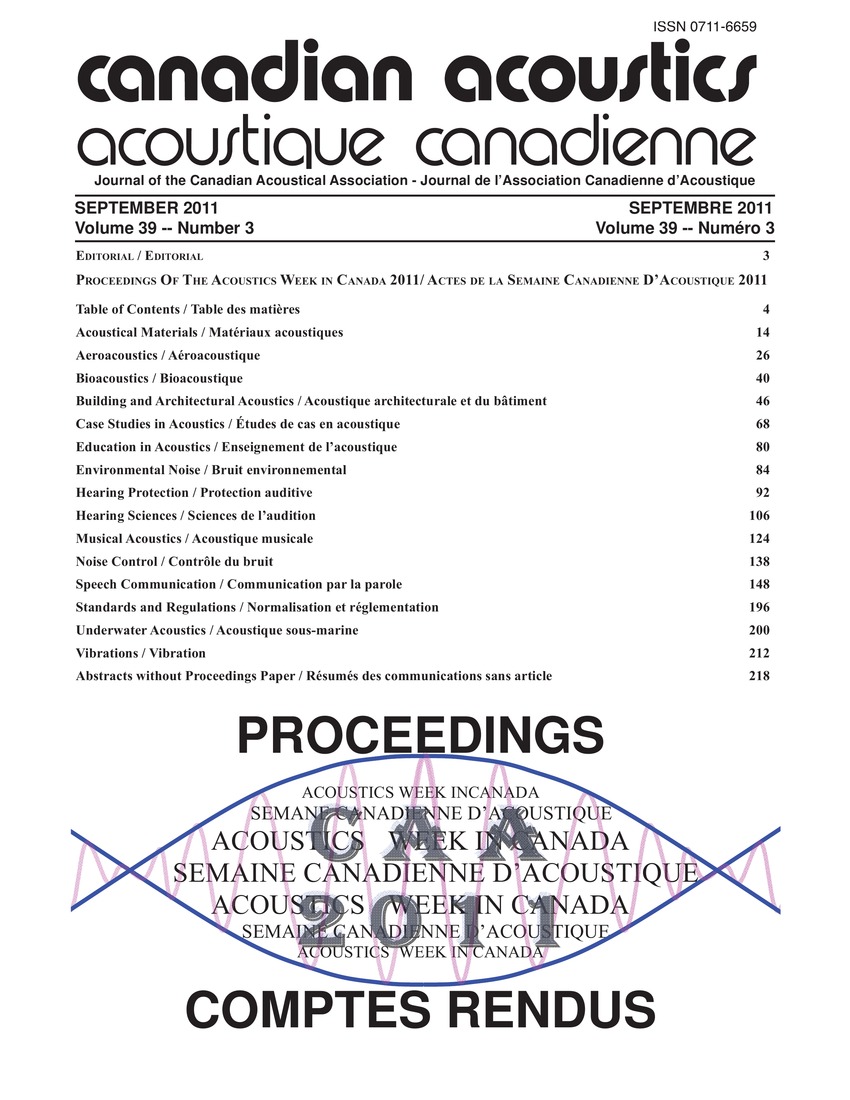Jet noise prediction using a fully unstructured large eddy simulation solver
Keywords:
Acoustics, Mixing, Nozzles, Acoustic sources, Cell size, Cold jet, Dissipation effects, Grid size, Jet noise prediction, Mixing layers, Natural transition, Nozzle exits, Nozzle geometries, Permeable surface, Tetrahedral elements, Transition regionsAbstract
The grid is fully unstructured using only tetrahedral elements. Maximum cell sizes in the acoustic source area, namely the mixing layer and the transition region, allow capturing frequencies at least up to a Strouhal number (Sir) of 1.5. A finer meshing is done in the nozzle boundary layer in order to allow a natural transition to turbulence of the mixing layer at the nozzle exit. Acoustic sources data are collected on surfaces at about 1.5D from the jet in order to avoid dispersion and dissipation effects and limit the grid size. Acoustic prediction is then performed using the permeable surface formulation of the Ffowcs-Williams and Hawkings analogy implemented in the MCAAP code. Both aerodynamic and aeroacoustic results obtained on cold jets with and without nozzle geometry show good agreement with experiments.Additional Files
Published
How to Cite
Issue
Section
License
Author Licensing Addendum
This Licensing Addendum ("Addendum") is entered into between the undersigned Author(s) and Canadian Acoustics journal published by the Canadian Acoustical Association (hereinafter referred to as the "Publisher"). The Author(s) and the Publisher agree as follows:
-
Retained Rights: The Author(s) retain(s) the following rights:
- The right to reproduce, distribute, and publicly display the Work on the Author's personal website or the website of the Author's institution.
- The right to use the Work in the Author's teaching activities and presentations.
- The right to include the Work in a compilation for the Author's personal use, not for sale.
-
Grant of License: The Author(s) grant(s) to the Publisher a worldwide exclusive license to publish, reproduce, distribute, and display the Work in Canadian Acoustics and any other formats and media deemed appropriate by the Publisher.
-
Attribution: The Publisher agrees to include proper attribution to the Author(s) in all publications and reproductions of the Work.
-
No Conflict: This Addendum is intended to be in harmony with, and not in conflict with, the terms and conditions of the original agreement entered into between the Author(s) and the Publisher.
-
Copyright Clause: Copyright on articles is held by the Author(s). The corresponding Author has the right to grant on behalf of all Authors and does grant on behalf of all Authors, a worldwide exclusive license to the Publisher and its licensees in perpetuity, in all forms, formats, and media (whether known now or created in the future), including but not limited to the rights to publish, reproduce, distribute, display, store, translate, create adaptations, reprints, include within collections, and create summaries, extracts, and/or abstracts of the Contribution.


